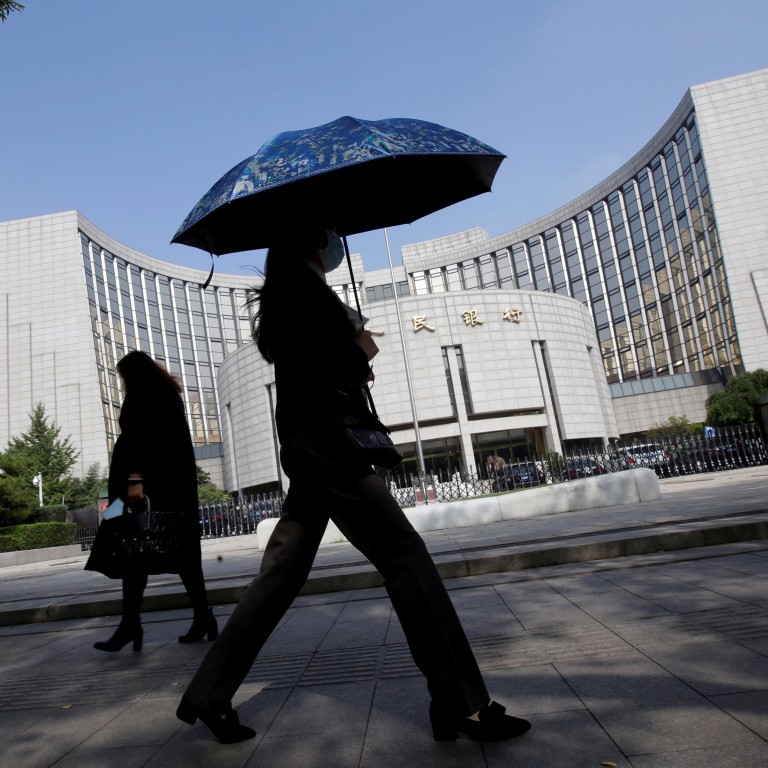
As US government bonds surge, it’s a different story for China and Japan
- Bonds yields have fallen in China and barely risen in Japan on looser monetary policy. But even the rest of Asia is growing less sensitive to the sway of Treasuries
Since the expansive post-Covid-19 reopening, central banks across the globe have been grappling with inflation underpinned by both pent-up demand and supply disruptions. While we have witnessed arguably the most aggressive monetary tightening cycles since the Great Inflation of the 1970s, markets seem divided on whether the latest cycle of interest rate increases is reaching its conclusion.
Asian bond yields used to move in sync with US bond yields but the correlation has loosened over the years. The 12-month rolling correlation rate has fallen from 0.91 at the end of 2021 to 0.52 last month. This can be attributed in part to Asia’s financial sector being increasingly intermediated through the banking system rather than the capital markets.
Another possible reason is that the monetary tightening cycle in Asia is less assertive than in other regions such as Latin America. This decline in Asia’s sensitivity to US rates has been broadly positive for banks’ balance sheets.
But the narrative around bonds yields in China and Japan are a different story altogether.
But perhaps more importantly, the 10-year bond yield differentials for China and Japan relative to the US have widened by more than 3.4 percentage points and 2.5 percentage points respectively. This has led the Chinese yuan and Japanese yen to decline against the US dollar, by more than 12 per cent and 23 per cent respectively since the end of 2021.
For China, a lack of economic momentum and the less attractive rate differentials has led to capital flight concerns. For Japan, the cost of hedging and positive bond yields have fuelled speculation over local investors repatriating their foreign investments.
The growth differential between the United States and Asia has been key to capital flow movements. With US growth resiliency expected to dial back slightly and the Asian tech cycle likely to have bottomed out, the US-Asia growth differential is likely to move in favour of Asia next year.
Recession looms over US economy despite surprising GDP growth
And with US interest rates expected to stay high for longer as the Fed endeavours to bring inflation down to its 2 per cent target, it looks like the decline in long-term Treasury yields could be gradual. On the flip side, should the 10-year Treasury yield edge closer to 5 per cent, Asia’s decreased sensitivity could give its bonds somewhat of a price buffer.
Meanwhile, the US dollar is likely to remain resilient, particularly in the context of heightened geopolitical risk and weaker growth prospects for the euro zone. Asian currencies could thus experience further weakening pressure in the coming months.
While Asian central banks are likely to be done with their hiking cycle, they will not be in a hurry to cut policy interest rates given their concerns over foreign exchange weakness – as exemplified by the recent trend of forex market invention. This, in combination with broadening disinflationary pressures in Asia, should mean that Asian bond yields are unlikely to rise further in the near term, but could grind lower.
Marcella Chow is a global market strategist at J.P. Morgan Asset Management

